PRESENTATION: Füsun Onur-Retrospective, Part II
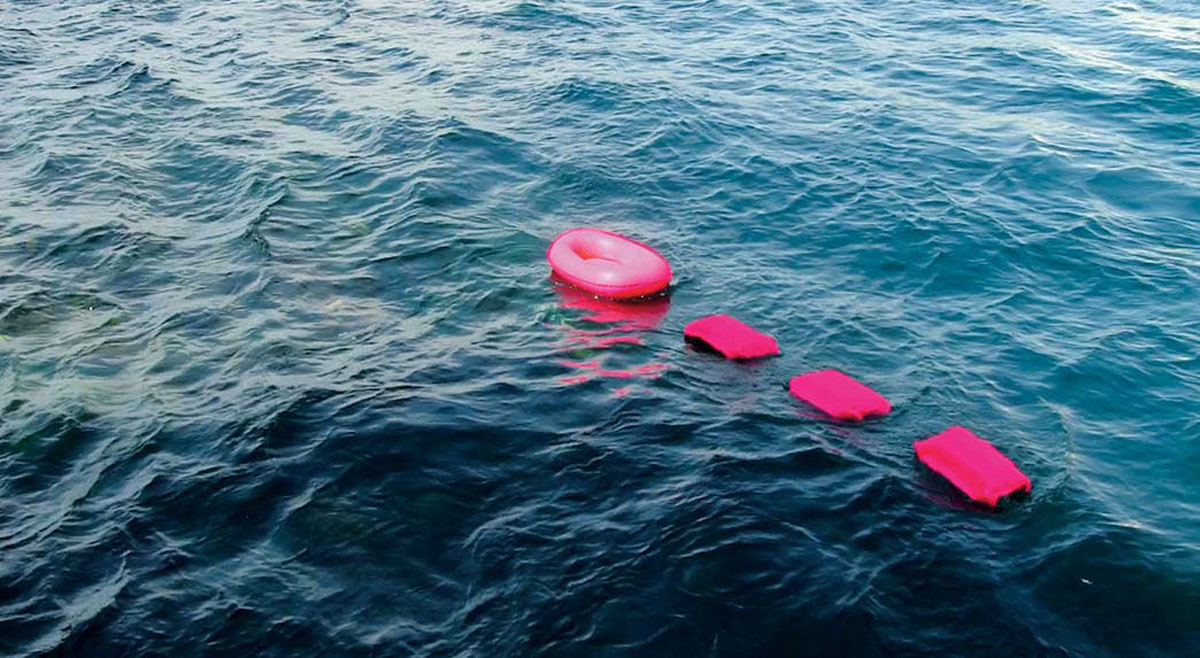 Füsun Onur uses everyday materials in her painting and sculpture to reflect on space, time, rhythm and form. Over the past few years, the Museum Ludwig has mounted major surveys on significant artists whose work had previously only been cursorily acknowledged, including Joan Mitchell (2015), Nil Yalter (2019), and Isamu Noguchi (2022). This exhibition with Füsun Onur represents another focus on a body of work whose significance has not yet been fully appreciated (Part I).
Füsun Onur uses everyday materials in her painting and sculpture to reflect on space, time, rhythm and form. Over the past few years, the Museum Ludwig has mounted major surveys on significant artists whose work had previously only been cursorily acknowledged, including Joan Mitchell (2015), Nil Yalter (2019), and Isamu Noguchi (2022). This exhibition with Füsun Onur represents another focus on a body of work whose significance has not yet been fully appreciated (Part I).
By Efi MIchalarou
Photo: Museum Ludwig Archive
Füsun Onur, who was born in Istanbul in 1938 and currently based there, is one of the most outstanding artists working in Türkiye today. Although her impressive and varied oeuvre has been readily accessible to an international audience in group exhibitions on a regular basis, it has not been sufficiently appreciated. The first survey exhibition of her work was held at Arter in Istanbul, ten years ago. The Museum Ludwig is now presenting her work to a larger audience in a major retrospective. The exhibition in the Museum Ludwig comprises ninety-four installations, some of which fill entire rooms, from the past sixty years. In addition, Onur will create a new, large installation for her retrospective. Onur grew up in Istanbul, where she studied sculpture at the Istanbul State Academy of Fine Arts between 1956 and 1960 during the period of radical change in Turkish art history of the 1950s and 1960s. As prestigious state commissions for art declined at that time, the influence of the state also waned, and artists began creating an environment in which they could experiment with new forms. After graduating from the academy, a Fulbright scholarship took her first to the American University, Washington D.C., USA, where she studied philosophy, then to the Maryland Institute College of Arts where she continued her studies on art. As a student Onur had already felt encouraged to develop her own artistic perspective, and she continues to pursue this goal today. Her early work, which cannot be categorized in any of the art movements of the time, conveys an idea of her independence. Her sculptures combine a visual vocabulary employing elements of abstraction, Constructivism, and Minimalism with humor. A reoccurring element in Onur’s work is her connection to Istanbul and her family’s home in Kuzguncuk, where she lived with her sister, İlhan Onur, who died in 2022. It is filled with furniture and mementos that date to the early twentieth century. Located directly on the Bosporus, the house served Onur as a starting point for new works, enabling her to create pieces that often evoke the the experience of living on the water with their constantly changing, new aesthetic forms. Each new invitation to participate in an exhibition gives the artist the opportunity to use the venue as a point of departure for her contribution. This allows her to create works that react to social developments and cultural politics. For example, she responded to the painting hype of the 1980s by fashioning paintings that expand into space. Her installations, which were produced largely in connection with European invitations, critically reflect on Western expectations in the 1990s and 2000s. Her works challenge visitors to give space to their own imagination. This is especially the case for the synesthetic installations in which Onur transfers music into the surroundings using rows of everyday objects. Most recently, Once upon a Time, her contribution to the Turkish Pavilion at the Venice Biennale in 2022, brought her back into the public eye. The large-format installation consists of miniature figures hand-made from wire that transport visitors into a world of fantasy.
Photo: Füsun Onur, Pink Boat, (1993) 2014, video, color, without sound, 8 hours, Arter Collection, Istanbul, video still, © Füsun Onur
Info: Curators: Barbara Engelbach and Emre Baykal, Museum Ludwig, Heinrich-Böll-Platz, Cologne, Germany, Duration: 16/9/2023-28/1/2024, Days & Hours: Tue-Sun 10:00-18:00, www.museum-ludwig.de/

![Fusun Onur, Opus II – Fantasia (detail), 2001 [2021], Knitting needles, balls of gold braid, porcelain figurines, bases, Arter Collection, Istanbul, © Füsun Onur, Photo: flufoto](http://www.dreamideamachine.com/web/wp-content/uploads/2023/09/02-12.jpg)
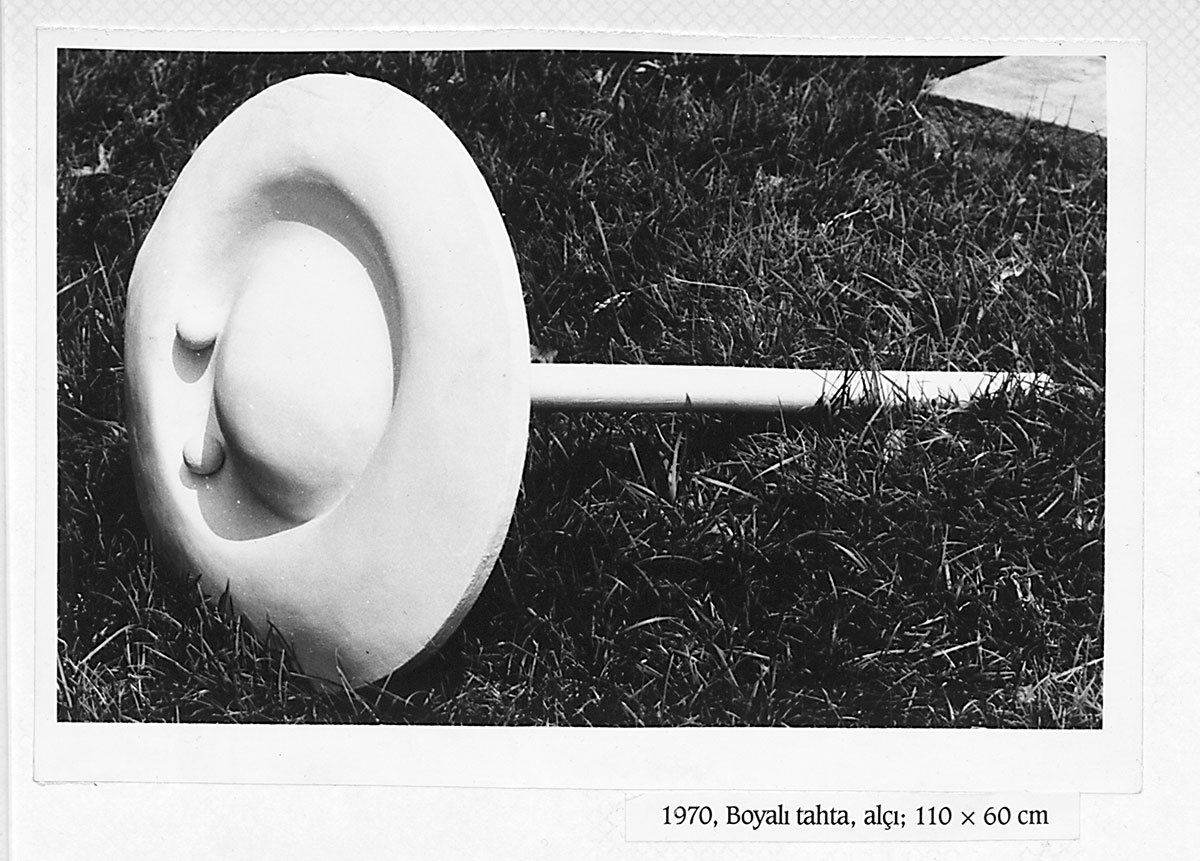
Fusun Onur, Untitled, 1970, Wood, plaster, paint, 110 x 60 cm, Arter Collection, Istanbul, © Füsun Onur
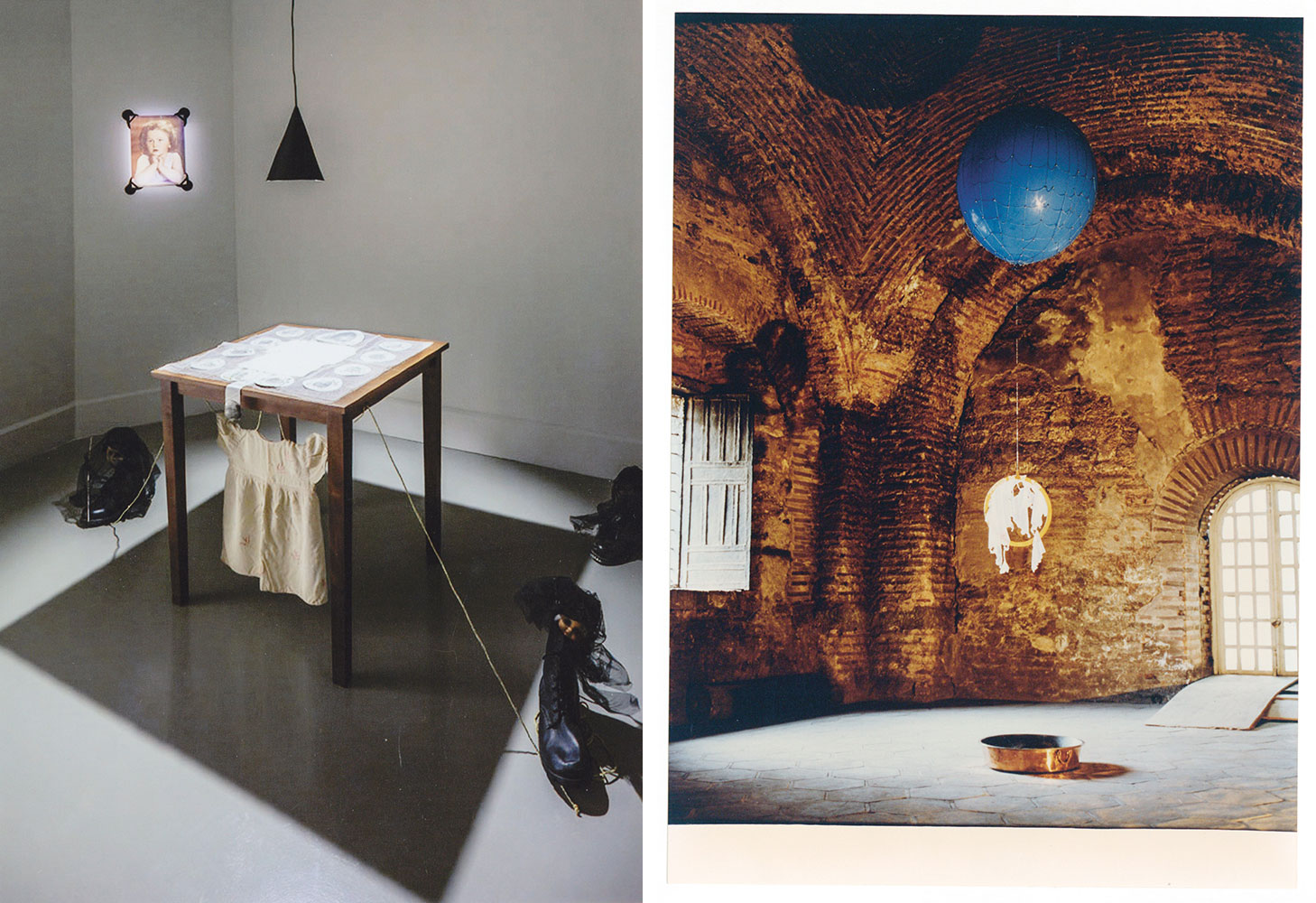
Right: Fusun Onur, Let’s meet at the Orient, 1995, rubber balloon, silk, rope, wood, copper tub; Brass letters, Van Abbemuseum, Eindhoven, Installation view 4th Istanbul Biennale, Orient/ation, Hagia Irene, 1995

Right: Fusun Onur, 1972–1996, 1996, Dress, tulle, embroidery, 50 x 50 x 6 cm (packed), Collection İsıl & Sarkis, © Füsun Onur
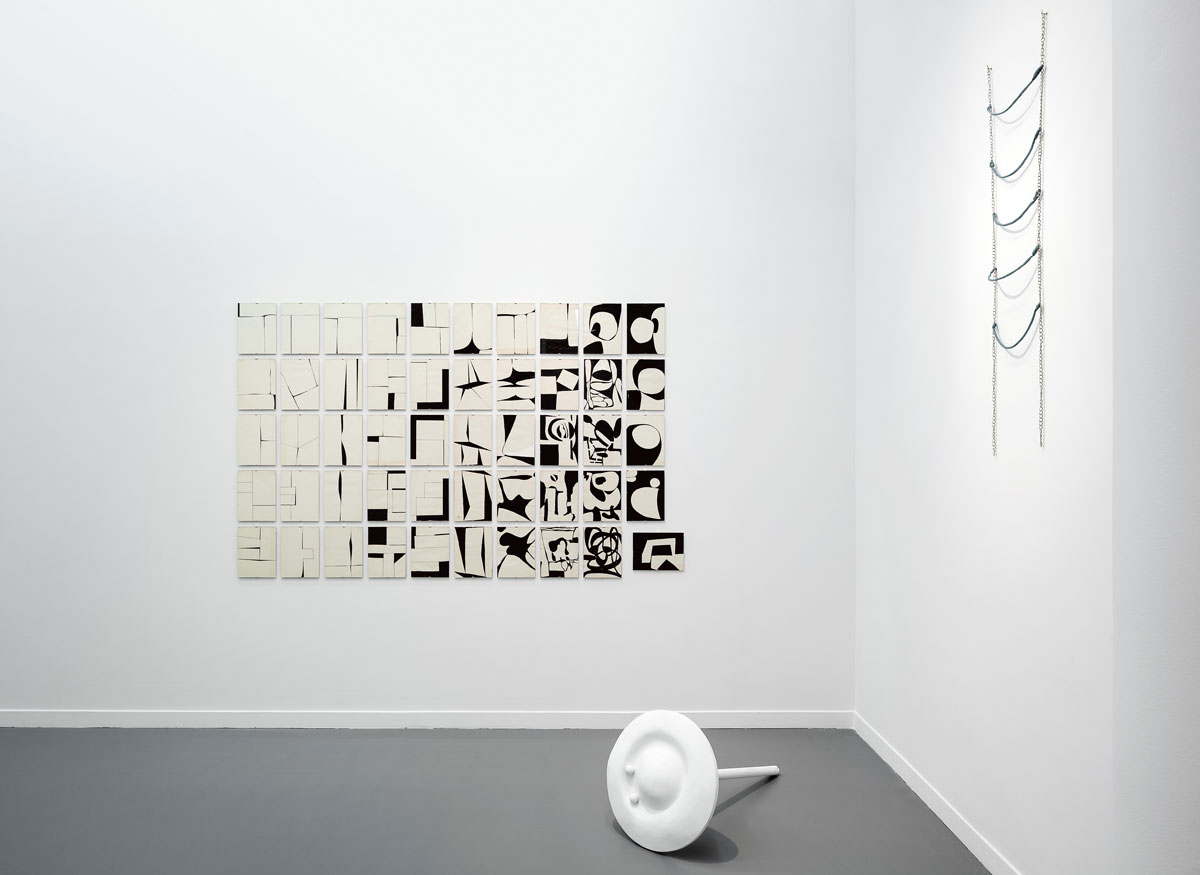
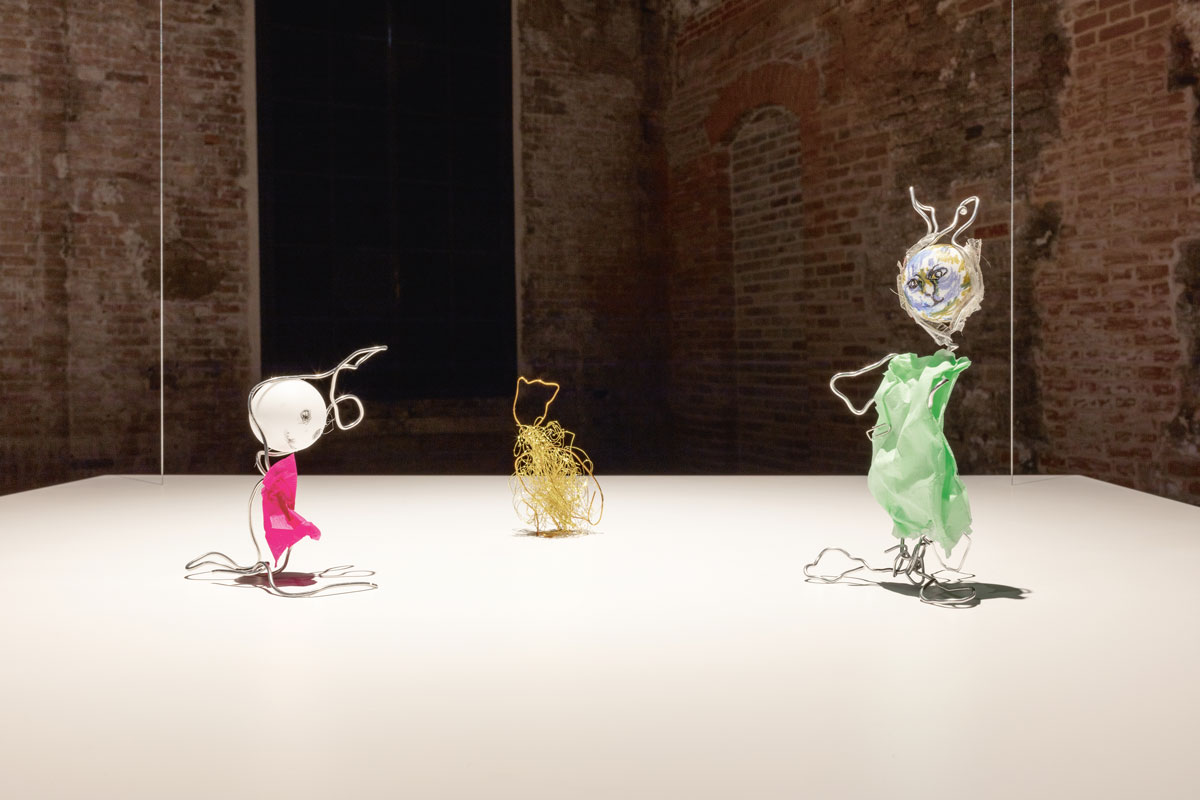

Fusun Onur, Symbols of Time, 1990, Wood, leather, metal, paint, Overall dimensions variable, Arter Collection, Istanbul, Exhibition view What Time Is It? Arter, 2019, © Füsun Onur, Photo: Hadiye Cangökçe
